The head of Sydney-based land acquisition agency Rok Solid says there’s been a significant shift in Australia’s renewable energy sector with developers now favouring project sites that have already been progressed through early-stage approvals and grid studies.
“We’re entering a new chapter in Australia’s renewable energy transition, one where the race for land is no longer about acquisition alone, but execution,” Rok Solid Chief Executive Officer Daniel Moroko said. “The market is maturing, and the real winners will be those who can take a site from concept to commissioning, navigating complex hurdles like grid access, community engagement, and planning approvals.”
Moroko said most of the best-located project sites are largely already under contract but rather than shifting to ‘B-grade’ land, that often carries environmental, community, or grid-related risks, developers are now targeting “shovel ready” solar and battery projects sites.
Figures supplied by Rok Solid show it can cost up to $3 million (USD 1.97 million) and take up to four years to get a solar, wind or battery energy storage project to shovel-ready status. In addition to the cost and time concerns, the company said fewer than 5% of proposed renewable projects in New South Wales are actually being built, while in Queensland it’s less than 3%.
“Pre-approved sites have already cleared several key hurdles and offer a de-risked pathway to development, saving both time and capital,” Moroko said. “In a risk-averse investment environment, certainty is king.”
Rok Solid, which has negotiated 68 renewable energy land transactions in Australia and New Zealand that underpin 5 GW of proposed energy storage projects and more than 2 GW of planned solar capacity, said the shift towards progressed sites is also shaking up land values in rural areas.
Recent data from the Australian Property Institute shows that rural land, especially in renewable energy zones, has seen the highest value growth of any property type, rising 256% since 2005.
Moroko said once approvals are in place, sites become significantly more valuable with projects able to move into construction quickly.
“Sites with progressed or fully approved status often command two to three times the value of raw land,” he said. “That’s because developers may have already invested $2 million to $4 million de-risking the project, conducting grid studies, securing planning approvals, and mitigating environmental concerns.”
“The value lift reflects not just the sunk investment but also the reduced uncertainty and faster path to construction and revenue.”
This content is protected by copyright and may not be reused. If you want to cooperate with us and would like to reuse some of our content, please contact: editors@pv-magazine.com.
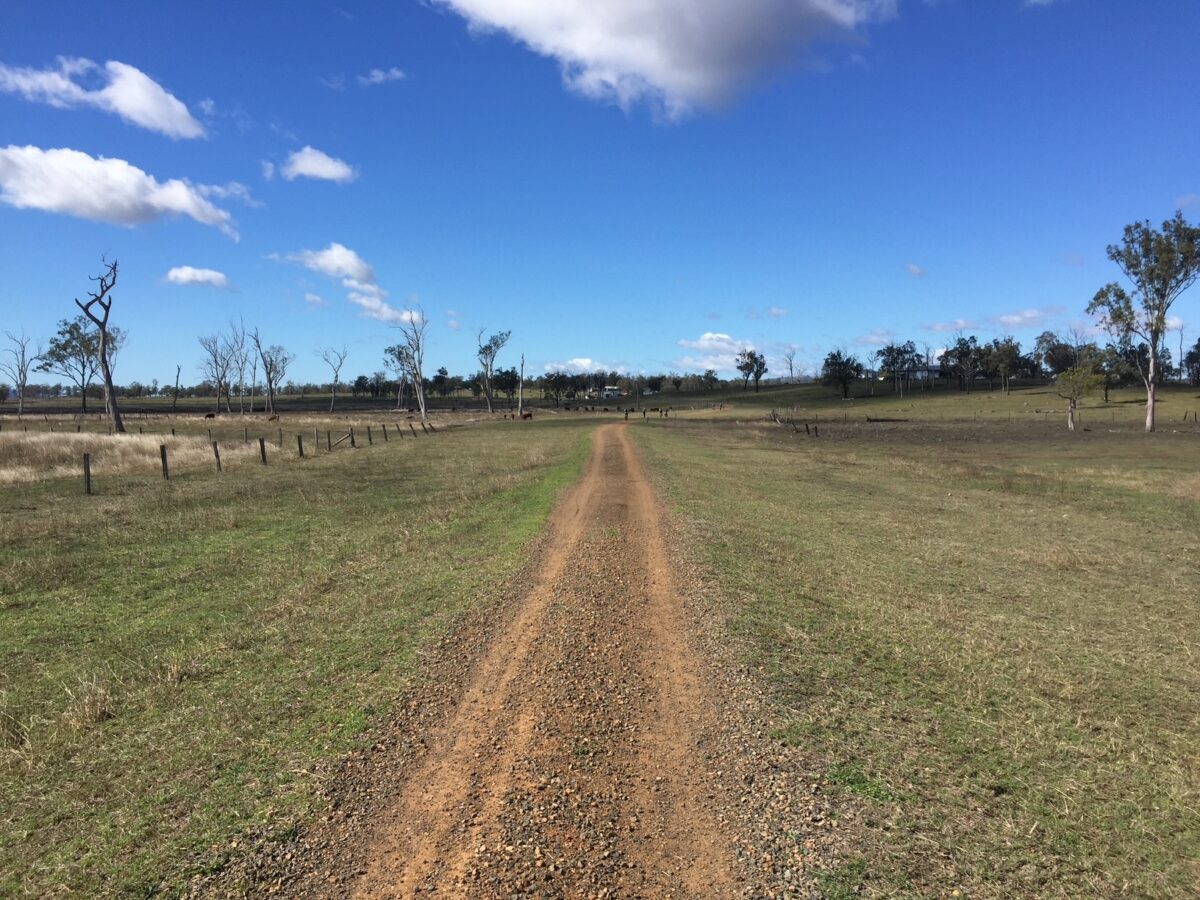



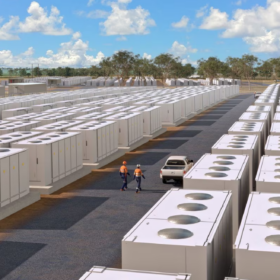
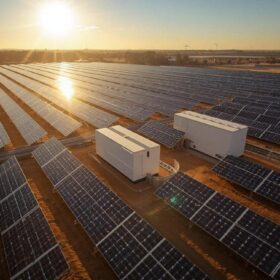
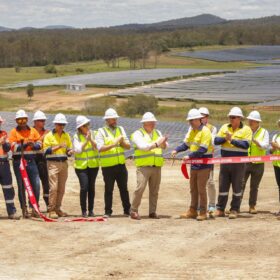

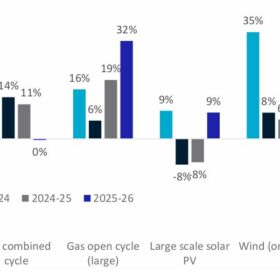
By submitting this form you agree to pv magazine using your data for the purposes of publishing your comment.
Your personal data will only be disclosed or otherwise transmitted to third parties for the purposes of spam filtering or if this is necessary for technical maintenance of the website. Any other transfer to third parties will not take place unless this is justified on the basis of applicable data protection regulations or if pv magazine is legally obliged to do so.
You may revoke this consent at any time with effect for the future, in which case your personal data will be deleted immediately. Otherwise, your data will be deleted if pv magazine has processed your request or the purpose of data storage is fulfilled.
Further information on data privacy can be found in our Data Protection Policy.